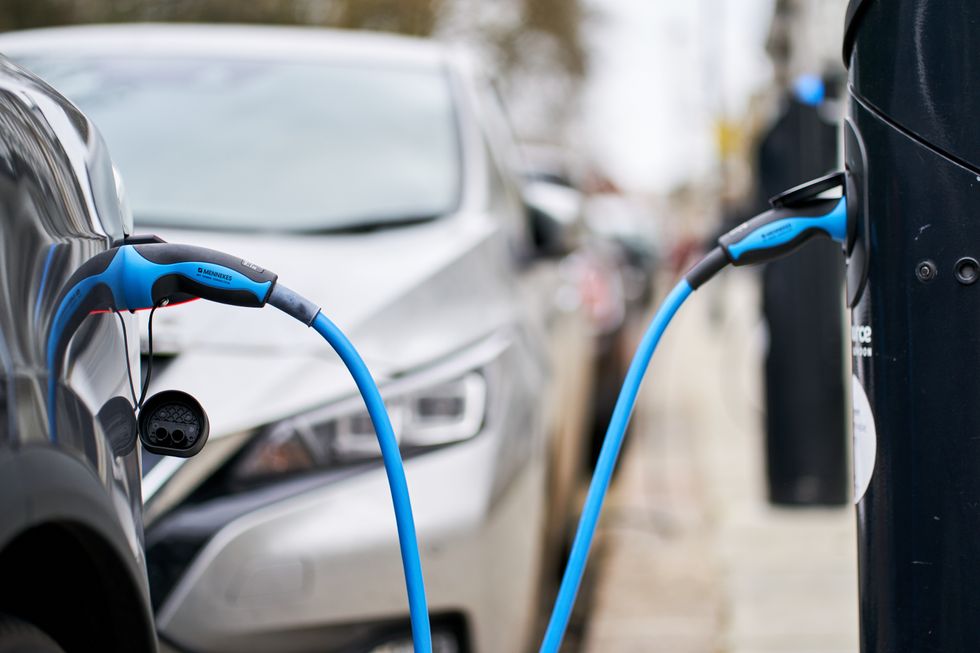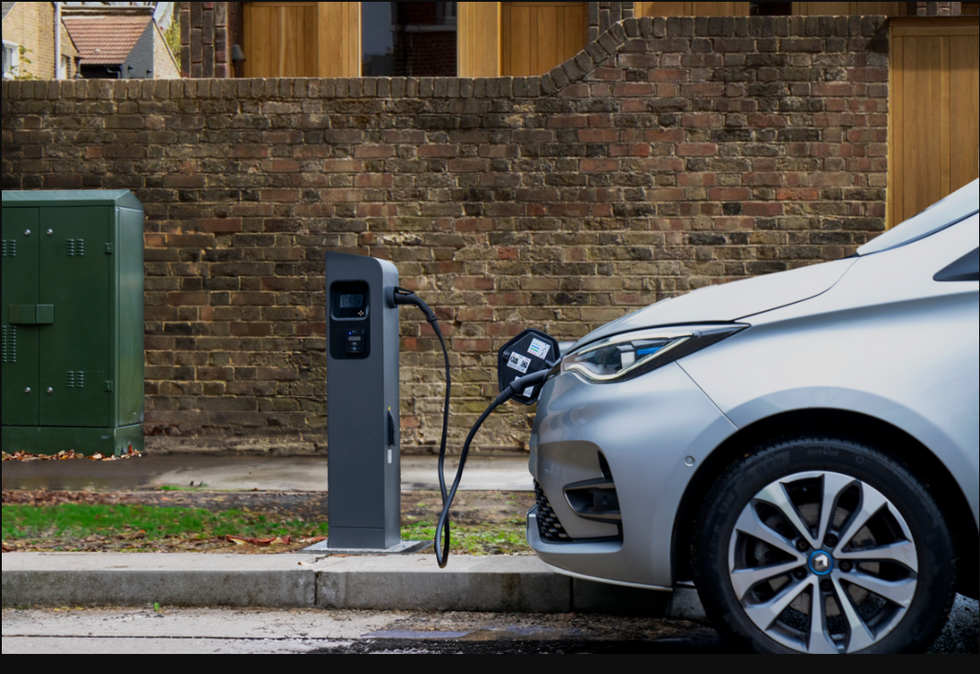WATCH: The Department For Transport announces measures to make it cheaper to install electric vehicle charge points
GB NEWS
Drivers pay 10 times more to charge at public stations than they would at home chargers
Don't Miss
Most Read
Trending on GB News
Motorists have been warned of a growing "driveway divide" in electric vehicle adoption, which risks threatening the UK's transition to greener transport.
A recent report found that there is an increasing gap between drivers who can charge at home and those relying on public infrastructure.
The study found that 80 per cent of EV drivers now charge off-street at home, up from 76 per cent last year. Meanwhile, use of public charging hubs has decreased to 29 per cent, down eight per cent from 2024.
But this widening disparity could lead to significant challenges for the Government's changes to the Zero Emission Vehicle mandate.
Do you have a story you'd like to share? Get in touch by emailingmotoring@gbnews.uk
 Drivers can save money by charging at homePA
Drivers can save money by charging at homePAThe ZEV mandate was changed in April, with Labour moving it forward five years to 2030, with drivers now required to buy an electric car earlier than anticipated.
Quentin Willson, Founder EV advocacy group FairCharge and Electric Vehicles UK advisory board member, said: "We understand the pressure British car makers face and welcome the Government’s declaration of support.
"We have been saying this for years, but for Number 10 to now declare that this is a critical moment in Britain’s ambitions to become one of the most successful and creative EV markets in the world is a mighty step forward."
But the cost of public charging remains a major barrier for drivers, with 85 per cent of drivers stating that public charging costs still remain too high.
According to Zapmap's price index, motorists using public charge points pay up to 10 times more than home off-peak charging rates.
Ultra-rapid chargers cost around £0.80 per kWh compared to just £0.08 per kWh for home off-peak charging. However, nearly half (48 per cent) of EV drivers have been put off by the unreliability of public charging points.
Satisfaction rates also remain concerningly low, with only 15 per cent of drivers who use public on-street charging points reporting being "very satisfied" with their experience.
This compares with just 22 per cent of drivers who use public charging hubs expressing satisfaction with the service. The regional disparities in EV charging have been particularly stark in London, where only 60 per cent of drivers charge off-street at home.
Reports have warned that this is 20 per cent below the national average, creating a geographical divide in access to affordable charging.
Londoners are also five times more likely to use public on-street charging, with 22 per cent relying on these facilities compared to just four per cent nationally.
Commercial Director of Zenith's Corporate division Andy Wolff said: "The 2025 version of our annual EVXperience report shows that the EV driveway divide continues to expand.
"The Government's recent infrastructure commitments are undoubtedly a step in the right direction, but our report highlights that work still needs to be done."
LATEST DEVELOPMENTS:

Drivers remain hesitant due to high price of public chargers
BTWolff stated that there needs to be more inclusive policies regardless of location or budget.
"Addressing factors like the availability and cost of public charging will reduce the driveway divide, help EVs fit more seamlessly into drivers' everyday lives, and improve overall consumer confidence in electric vehicles," he said.
According to Zapmap data, there are currently 100,000 charging points across the UK, with drivers charged 20 per cent VAT compared to just five per cent for home charging.








